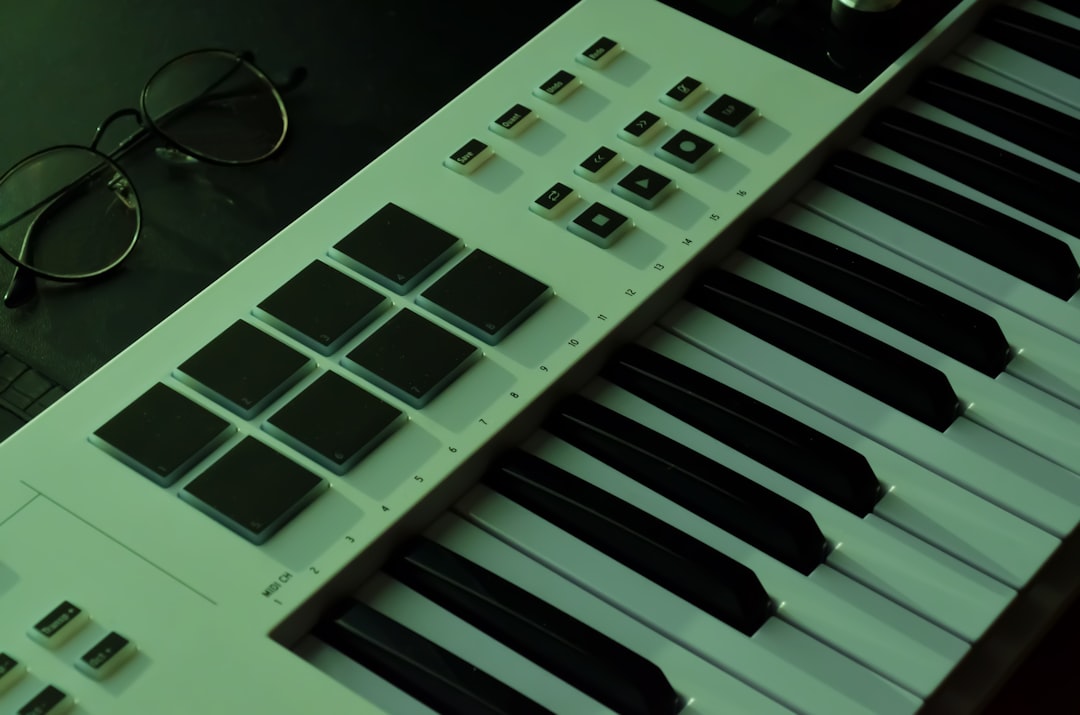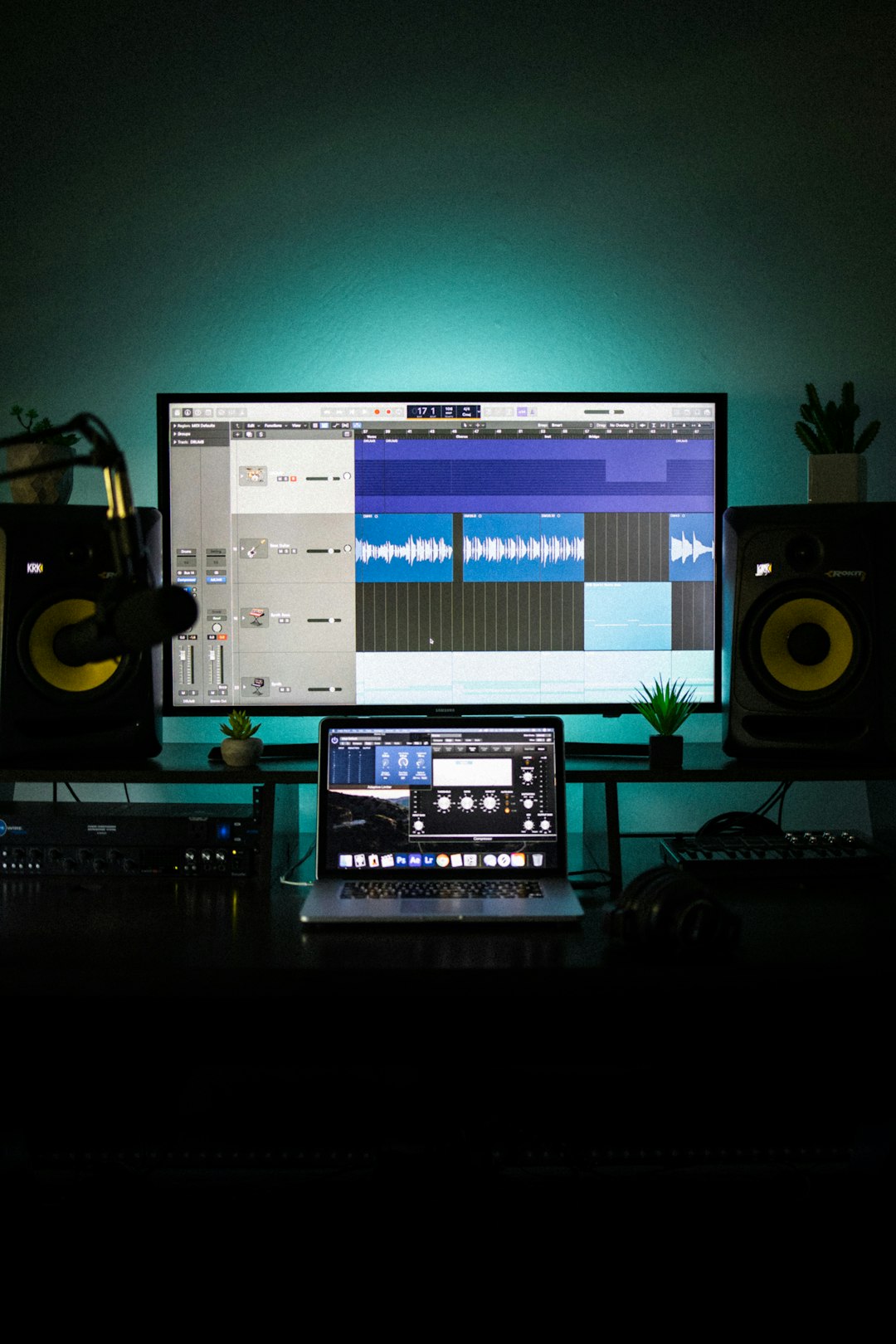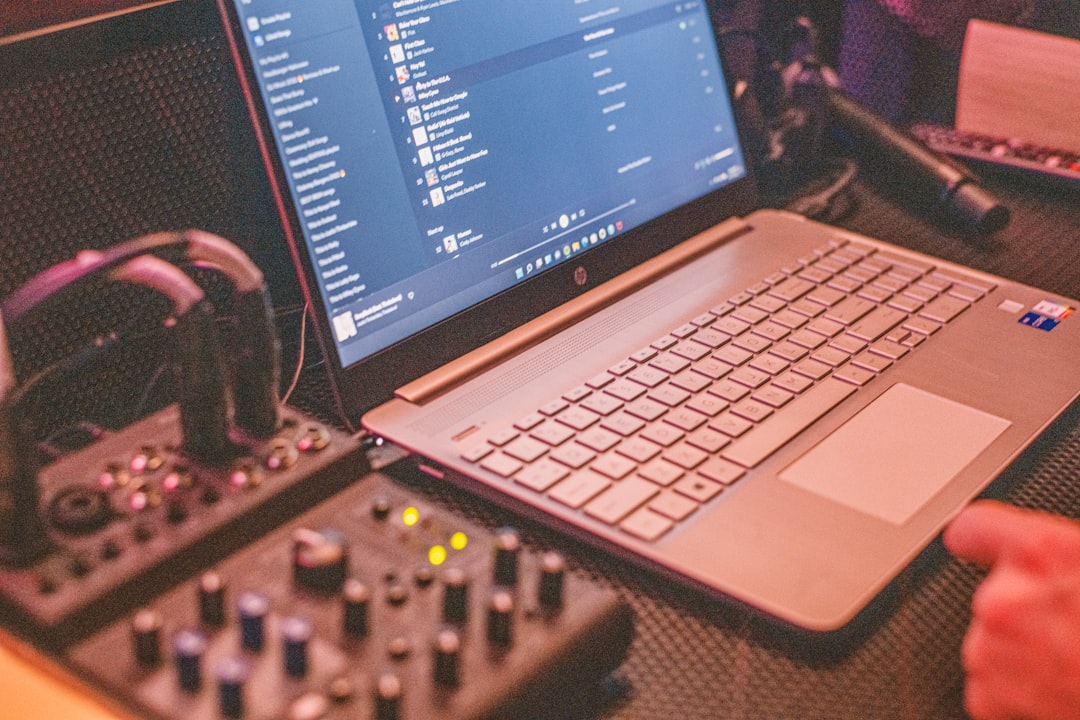In the modern music production landscape, accessibility and quality are no longer mutually exclusive. Whether you’re an aspiring composer, a bedroom beatmaker, or a seasoned producer, sound design is a fundamental part of your craft. With the right tools, a compressed ZIP file can become a powerful SF2 (SoundFont 2) instrument bank, unlocking a palette of sounds limited only by your creativity. The good news? Some of the best tools to do this are absolutely free.
This article explores the best free tools musicians can use to convert and manage sound libraries, especially for turning ZIP files containing samples into usable SF2 soundfonts. We’ll also look at versatile samplers, software synthesizers, and plugins that are vital to this process.
Understanding the ZIP to SF2 Workflow
Before diving into software, it’s important to understand what’s meant by converting “ZIP to SF2”. Many musicians acquire or download sound libraries compressed as ZIP files. These ZIPs often contain WAV samples, presets, loop data, or even ready-made soundfont files. The journey from ZIP to SF2 involves:
- Extracting the ZIP file to access its contents.
- Organizing the samples into a structure suitable for instrument mapping.
- Assembling the samples using a soundfont editor to create an SF2 file.
The SF2 format is widely used because it’s compatible with many digital audio workstations (DAWs), samplers, and synthesizers. But building these files requires careful handling—fortunately, several reliable free tools can assist at every step.
Best Free Tools for Converting and Managing Sound Libraries
1. Audacity
Platform: Windows, macOS, Linux
Use: Basic audio editing, sample preparation
Audacity is an open-source audio editor that lets users trim, normalize, convert, and batch-process audio files. Once you’ve extracted a ZIP file and received dozens or hundreds of WAV samples, Audacity can help normalize file levels or edit loop points before building an SF2 library. While it doesn’t create soundfonts, it’s pivotal in cleansing and processing audio assets before they are grouped.
2. Polyphone SoundFont Editor
Platform: Windows, macOS, Linux
Use: Creating and modifying SF2 files
Polyphone is widely regarded as the go-to free soundfont creation tool. Its intuitive interface makes it easy for beginners to import samples and map them to MIDI notes. You can customize velocity regions, loop parameters, and envelopes.
One of its standout features is batch importing, which is a lifesaver when constructing instruments from scratch. After organizing your samples, you can simply drag-and-drop them into a new instrument region and start playing immediately within the interface.

3. Sforzando
Platform: Windows, macOS
Use: Free SFZ player for virtual instruments
Although Sforzando reads SFZ—as opposed to SF2—its relevance lies in its ability to audition and test samples quickly. Many producers find it helpful to convert SF2 to SFZ or vice versa with third-party tools, enabling greater flexibility over instrument playback. Sforzando is lightweight, REAPER and FL Studio friendly, and works seamlessly with orchestral libraries configured in open-source formats.
For composers working across orchestral soundbanks, Sforzando can be a valuable test environment for soundfont layers before final integration into a larger session.
4. Viena SoundFont Editor (Not to Be Confused with Vienna Instruments)
Platform: Windows
Use: SF2 authoring with low resource use
Viena is a good alternative or supplement to Polyphone, especially for users on lower-end systems. Its interface hearkens back to older editing styles, but it’s functional and surprisingly efficient. You can easily split multi-sample instruments, repitch tones, and save compact SF2 files without performance heavy-lifting.
Users who build large libraries for mobile or embedded systems appreciate Viena’s ability to generate lightweight and performance-ready soundfonts.
5. TX16Wx Software Sampler
Platform: Windows, macOS
Use: Full-featured sampler and instrument builder
TX16Wx is often referred to as a “hidden gem” in the freeware community. It can import WAV packs, create presets, layer sounds, and export samples for use in other environments. While its SF2 conversion tools are limited, it serves as an excellent bridge between raw ZIP samples and structured instruments. Think of it as the dry lab—perfect for experimentation, filters, and configuration before baking into formats like SF2 or SFZ.
The sampler interface includes modulation routers, multiple LFOs, filter banks, and a full modulation matrix, rivaling many commercial VST instruments.

File Management Tools for Working with ZIP Archives
Getting from ZIP to SF2 also depends on how efficiently you can handle compressed audio libraries. These tools ensure that you can safely and quickly access and sort through massive collections of sound samples.
- 7-Zip: A powerful, open-source file archiver with support for various formats including ZIP, RAR, and TAR. It integrates well into the Windows UI and can batch extract multiple archives at once.
- PeaZip: A beautiful alternative with extra encryption and advanced search options. Useful for multi-continent sample libraries downloaded from various sources.
- Keka (macOS): The best option for Mac users dealing with massive sample ZIPs. Keka supports different compression levels and double-layered archives often found in premium libraries.
Combined with smart folder organization—naming conventions, tagging, and categorizing—these tools ensure your sample directories stay clean and usable for software like Polyphone and TX16Wx.
Tips for Creating High-Quality SF2 Files
Even with the right software, a good soundfont depends on planning and design. Here are a few industry-level tips:
- Always normalize your samples before importing. This ensures consistent playback volume.
- Use 44.1 kHz / 16-bit WAV files for maximum compatibility with older DAWs and hardware synths.
- Label your samples properly: use root note names and velocity indicators where possible. This speeds up key mapping enormously.
- Test your SF2 banks in multiple environments—DAWs, mobile apps, hardware—before relying on them in a full production.
Final Thoughts
The bridge between ZIP and SF2 is not just a file type conversion—it’s a creative process. The right tools, combined with discipline and attention to quality, can turn basic sample libraries into nuanced virtual instruments. Whether you’re mapping individual piano notes or building evolving pad textures, the world of freeware software now empowers musicians like never before.
In a realm dominated by expensive plugins, these free tools champion the democratization of music production. They not only save costs but also teach valuable lessons about structure, sound architecture, and creative discipline.

From managing your ZIP archives to building expressive virtual instruments, the journey is fully accessible—and it starts with knowing where to look.
